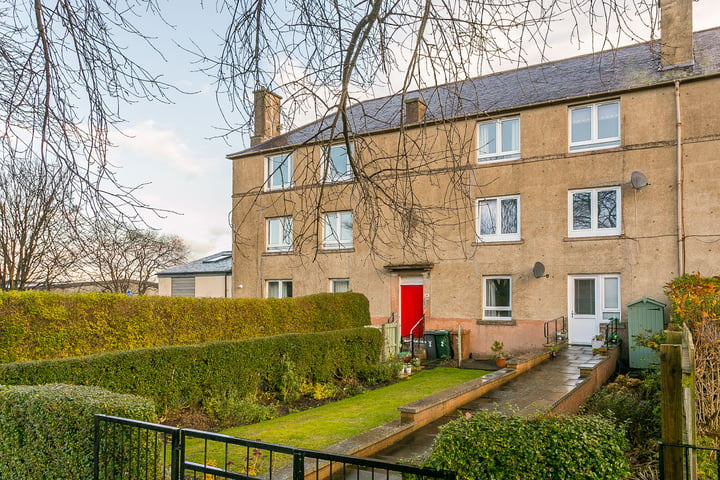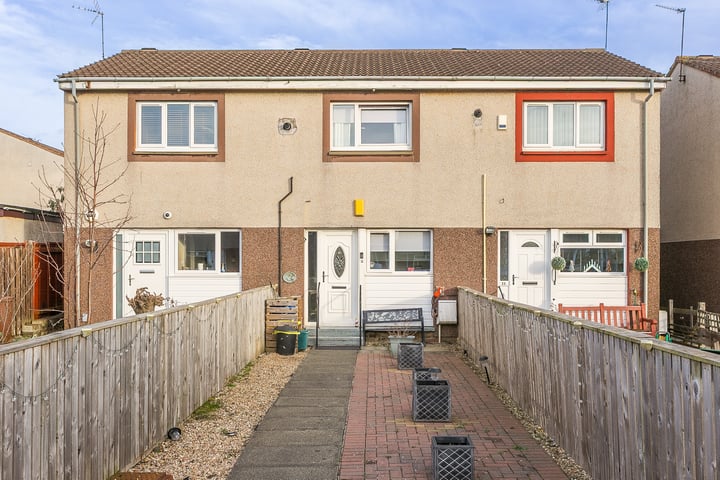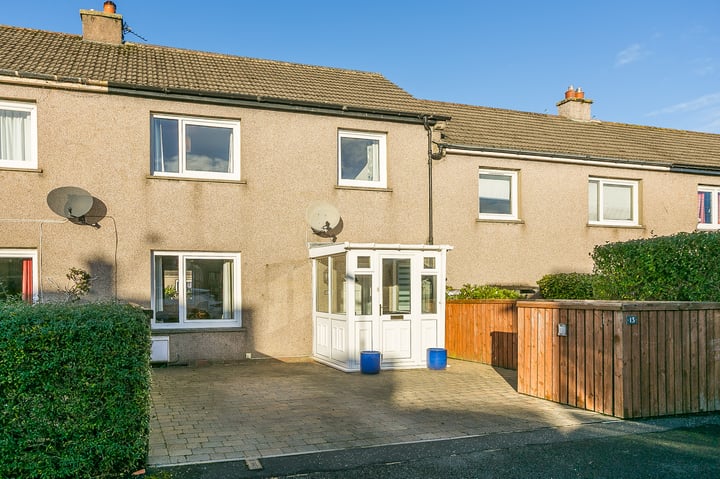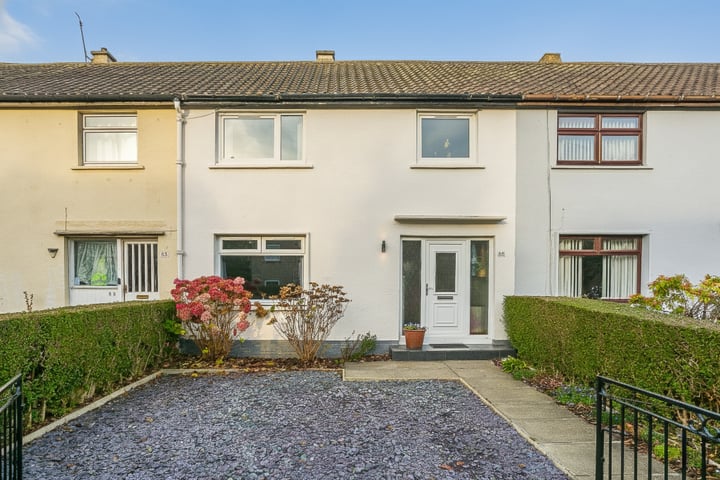Goodbye Stamp Duty…? Kind Of.
I have had to replace many an overused soapbox over past few years whilst property prices have risen yet the Stamp Duty thresholds have remained largely the same. It is a system that I feel is fundamentally unfair and which, from a purely property market related point of view, has a seriously negative effect on the general property market. Now it looks like, finally, all that might be about to change. Hooray!!
From April 2015, it is proposed by the Scottish Government that a Land and Buildings Transaction Tax will replace Stamp Duty Land Tax (SDLT) (or ‘Stamp Duty’ for short in this piece).
Just yesterday, Scotland’s Finance Minister, John Swinney, announced:
“Today we take a further step toward setting and collecting of taxes in Scotland and doing so better and at less cost than the UK Government. In this Bill we are setting out an innovative approach to taxation that is much better aligned with Scots law and practices, and the principle of progressive taxation.
“The changes we are proposing would give us the opportunity to better support first-time buyers trying to get onto the housing ladder or families buying bigger homes that better suit their needs. Rather than the current distortive slab approach which sees people pay too much tax and distorts the market, we will ensure that taxpayers pay an amount more proportionate to the value of their property.
“The approach I am outlining today represents a strong foundation for the future. This Government’s approach to taxation is founded on Scottish principles that have stood the test of time since the days of Adam Smith.
“Taxation should be proportionate. Taxpayers should have certainty about what they should pay.”
What’s The Matter with Stamp Duty? It Harms the Property Market in Scotland, for Buyers and for Sellers.
To cut a long story short, I have long believed that Stamp Duty is a humungous pain in the derriere of the Scottish property market and that reforming not just the amount of tax paid but also the way that it is distributed throughout the range of property values will not only be fairer but it will also give the Scottish property market a much-needed shot in the arm.
Of course, Stamp Duty is a tax that the buyer pays. So the negative effect is most obviously on the buyer. However, a secondary consequence of the tax is that it causes serious harm to people’s property sale prices if their properties are situated slightly over the stamp duty ‘thresholds’. I’ll explain briefly in a minute how this works. But, basically, it hurts buyers AND sellers and therefore hurts the property market and the willingness of people both to buy and sell property in Scotland.
Stamp Duty Bandings Haven’t Been Adjusted for Years, So it Disproportionately Affects People Who Weren’t Originally Intended to be Taxed as Much.
We’re used to paying tax on just about everything, so it’s not paying tax that I have an issue with. My biggest beef is the way that the Stamp Duty system is currently structured and the bunching that this causes in the values of properties for sale.
Stamp Duty price brackets are massively out of date. A long, long time ago the government decided which price brackets would pay what percentage of the purchase price of a house. Back then, the level at which people would have to pay 1% of the purchase price was actually relatively high: someone buying a four bedroom, new build property on the outskirts of Edinburgh would probably get away with paying 1% of the purchase price back then.
However, as property prices double, tripled, then dipped a bit, the levels at which Stamp Duty percentages were applied didn’t really change. So suddenly that four bedroom house that had attracted a 1% Stamp Duty rate some years previously was now attracting a 4% Stamp Duty rate. And whereas a few years previously the person paying 3% on their property purchase could have been dismissed as a ‘fat cat’ buying a plush pad in the ‘burbs, now the person paying 3% Stamp Duty was a second-time buyer who had recently sold their one-bedroom flat and wanted to buy a house with their partner so that they could have space to raise a child.
Stamp Duty is a ‘Slab’ Tax Which Causes a ‘Bunching’ of Property Prices and Distortion of the Market, Harming Property Buyers and Particularly Property Sellers.
Stamp Duty is currently a ‘slab’ tax. In other words, up to £250,000 you will pay 1% Stamp Duty to the government. So if you buy a £250,000 property you will pay £2500 in Stamp Duty. However, if you buy a £251,000 property, you will pay just over £7500 in Stamp Duty. So for £1000 extra on the price of the property you pay £5000 extra in Stamp Duty! And of course your mortgage pays or a large percentage of that extra £1000 that you paid for the property. However, you have to pay your Stamp Duty out of your pocket: cash.
So it doesn’t take a genius to work out what happens if your property is a bit nicer and a bit bigger than the one that sold last week for £249,000 right next door and you want to sell yours. What’s it worth? Of course, on paper it is worth more: it’s bigger and nicer! So let’s say it’s worth £255,000. Or even £260,000. But are you going to get that for it? Well, maybe, if you are patient. However, from a buyer’s point of view there is no way that they are going to want to pay more than £250,000 unless they absolutely have to and are afraid of someone else snatching it away from them. That extra £5000 on the purchase price is going to cost them another £5000 in Stamp Duty as well: cash!
So how much above the £250,000 threshold does your house have to be worth before someone just says, ‘That’s ridiculous, I can’t offer £250,000 for that’? That’s the million dollar question, but I’d take a stab in the dark and say perhaps that it’s around £270,000. The same scenario plays out around all of the Stamp Duty thresholds: £125,000, £250,000, £500,000 and so on.
All of which makes properties priced around the Stamp Duty thresholds artificially difficult to sell for their true value. Or, put another way: it artificially pushes down the prices of properties that are genuinely worth more.
Land and Buildings Transaction Tax Isn’t a ‘Slab’ Tax. So It’s Better. And It Shouldn’t Distort the Property Market as Much.
The new system that the John Swinney, Finance Minister of the Scottish Government, announced yesterday removes the ‘slab’ aspect of the property tax. So, as the value of the property goes up, you only pay the higher rate of tax on the bit of the property’s value that is over that threshold. So, for example, based on the current system you would pay 1% of the value up to £250,000 and then 3% on the bit that’s above £250,000. Meaning that if it was worth £300,000, you would pay 1% of £250,000 and 3% of £50,000. Hopefully that makes some sense.
The tax rates are actually yet to be announced so it’s entirely possible that, in spite of it being structurally fairer, we could actually end up paying more in Stamp Duty and then I’ll be back on my soapbox again. However, based on the fact that you’d hope our government wouldn’t want to make the purchase of land and property in Scotland significantly less financially attractive than south of the border, let’s keep our fingers crossed that this is not the case!
What Effect Will This Have on the Property Market in 2015 If It Comes Into Force?
What is beyond any doubt, however, as far as I am concerned, is that this structure of taxation is not only fairer to property buyers across the board but that it will also remove the ‘bunching’ of prices, the artificial suppression of prices, above the Stamp Duty thresholds. And that can only encourage more buyers to buy and more sellers to sell, knowing that they aren’t paying the price for an outmoded tax that continues the fill the coffers in spite of being patently unfair. And that, in turn, can only be good for the property market.
Now we just have to wait until 2015!







Leave a Reply